Improving the remote valve actuator response rate is essential for achieving precise control valve performance. A faster response ensures that your system reacts promptly to changes, reducing inefficiencies and maintaining operational accuracy. You can enhance this rate by adopting advanced electric actuators that operate on low voltage, making them suitable for remote installations. Feedback loops also play a critical role by enabling real-time adjustments to counter external disruptions. Additionally, integrating Programmable Logic Controllers (PLCs) and IoT-based technologies allows for automation, remote monitoring, and greater flexibility in industrial applications.
Key Takeaways
-
Making remote valve actuators respond faster improves how control valves work. This helps factories run better and more smoothly.
-
Keeping actuators clean and oiled stops problems and makes them last longer. This keeps them working well for a long time.
-
Using smart tools like digital controllers and strong amplifiers can fix delays. This makes actuators react quicker.
-
Replacing old systems with new parts and smart tech makes them faster and more efficient. It also prepares them for the future.
-
Teaching workers how to use and check the system improves how it works. It also lowers mistakes, making everything run easier.
Why Remote Valve Actuator Response Rate Matters
Impact on Control Valve Performance
The response rate of a remote valve actuator plays a critical role in maintaining the performance of control valves. When a valve responds quickly to small signal changes, such as 1% or less, it ensures precise adjustments. This precision is essential for stabilizing industrial processes and minimizing variability. A faster response time allows your system to adapt to changing conditions, improving overall efficiency. Additionally, controlling the cycle speed of the valve ensures smooth operation. Adjustable settings and dampening mechanisms prevent disruptions, which is vital for processes requiring specific response times. By achieving a higher speed of response, you can enhance the stability and reliability of your system.
Consequences of Slow Response Rates in Industrial Systems
A slow response rate can lead to significant challenges in industrial systems. Delayed valve movements may cause inefficiencies, such as overcompensation or underperformance. These delays disrupt the balance of your processes, leading to increased variability and reduced product quality. For example, in chemical processing, a slow response can result in improper mixing or temperature control. Over time, these inefficiencies can escalate operational costs and reduce the lifespan of your equipment. Addressing these issues by improving the remote valve actuator response rate ensures smoother operations and prevents costly downtime.
Key Metrics for Evaluating Response Rate
To evaluate the response rate of your remote valve actuators, focus on specific metrics. One key metric is the time it takes for the valve to move from one position to another, often referred to as stroke time. Another important factor is the actuator’s ability to respond to minor signal changes without delay. Measuring the deadband, or the range in which no movement occurs despite signal changes, helps assess responsiveness. By monitoring these metrics, you can identify areas for improvement and ensure your system operates at peak performance.
Actuator Characteristics That Influence Response Rate
Resolution and Precision
Resolution and precision directly impact how effectively your actuator performs. High-resolution actuators allow for incremental adjustments, ensuring precise control over flow rates. This precision is vital for maintaining optimal process conditions in industrial systems. Advanced digital controllers further enhance this capability by enabling proportional adjustments.
The actuator’s precision and ability to repeat ultra-fine movements are critical. Avoid actuators with widely varying dead times or dead bands, as they limit the ability to make small and instant changes to valve position.
When selecting an actuator, prioritize models that offer consistent response time and minimal variability. This ensures your system can handle even the smallest signal changes with accuracy.
Stiction and Friction Reduction
Stiction and friction are common issues that hinder actuator performance. Stiction refers to the resistance an actuator faces when initiating movement, while friction affects its motion during operation. Both factors can delay valve response and reduce efficiency.
To minimize these effects, use actuators designed with low-friction materials and advanced lubrication systems. Regular maintenance also plays a key role in reducing wear and tear, ensuring smoother operation over time. By addressing stiction and friction, you can significantly enhance the responsiveness of your system.
Deadband and Its Effect on Responsiveness
Deadband, the range where no movement occurs despite signal changes, can severely impact actuator responsiveness. A large deadband increases the dead time of a valve assembly, which should ideally not exceed one-third of the overall response time. This is especially critical in fast loops where quick adjustments are necessary.
To reduce deadband, consider positioners with high static gain preamplifiers. These devices improve valve resolution and ensure precise control. Modern systems often require dead zones as low as 0.25% to meet the demands of reduced process variability. By addressing deadband, you can optimize actuator performance and maintain consistent system efficiency.
Material and Design Considerations for Faster Actuation
The materials and design of a remote valve actuator significantly influence its response rate. Choosing the right materials ensures durability and optimal performance, especially in demanding industrial environments. Stainless steel, for instance, works well in corrosive settings due to its resistance to rust and chemical damage. For high-pressure systems, high-strength alloys provide the necessary robustness to withstand extreme forces without compromising actuation speed.
Advanced materials like corrosion-resistant alloys, ceramics, and composites offer even greater benefits. These materials combine superior mechanical properties with enhanced chemical resistance, making them ideal for applications requiring both strength and precision. By reducing wear and tear, they help maintain consistent performance over time.
Innovative designs also play a crucial role in achieving faster actuation. Modern manufacturing techniques, such as 3D printing, allow for the creation of complex geometries that optimize flow paths and minimize pressure drops. These designs not only improve the actuator’s efficiency but also reduce the energy required for operation. For example, streamlined internal components can lower resistance, enabling quicker valve movements.
Tip: When selecting an actuator, prioritize models with lightweight yet durable materials. This reduces inertia, allowing the actuator to respond more quickly to control signals.
Incorporating these material and design considerations into your system can lead to significant improvements in response rate. By focusing on advanced materials and innovative designs, you ensure that your actuators perform reliably, even under challenging conditions. This approach not only enhances system efficiency but also extends the lifespan of your equipment, reducing long-term maintenance costs.
Enhancing Response Rate with Positioners
Types of Positioners: Pneumatic, Electro-Pneumatic, and Digital
Positioners play a vital role in improving actuator performance. You can choose from three main types: pneumatic, electro-pneumatic, and digital. Pneumatic positioners rely on compressed air, offering rapid response times due to the swift movement of air. Electro-pneumatic positioners enhance this by incorporating digital advancements, which improve control accuracy and response. Digital positioners take it further by using advanced processing power and data analytics. These features allow for self-calibration, reducing manual errors and ensuring consistent performance. By selecting the right type, you can significantly enhance your system’s response time and reliability.
How Positioners Improve Control Valve Performance
Positioners improve control valve performance by ensuring precise actuator movements. They compare the desired set point with the actual stem position and adjust air pressure to minimize friction effects. This closed-loop control ensures consistent opening and closing forces, which enhances the actuator’s responsiveness.
-
Positioners provide gain to the control signal by increasing air pressure, delivering higher force to the valve stem.
-
They correct non-linearities caused by factors like hysteresis and deadband.
-
Higher pressures help overcome friction, ensuring faster and smoother valve movements.
These capabilities make positioners essential for maintaining optimal control valve performance.
Selecting the Right Positioner for Your System
Choosing the right positioner depends on your system’s requirements. Consider technical specifications, operational settings, and environmental conditions like pressure and temperature changes. For applications requiring less precision, single-acting positioners work well. Double-acting positioners are better suited for processes demanding high precision. Evaluate the characteristics of your system to ensure the positioner can handle the specific challenges it may face. By selecting the appropriate positioner, you can achieve reliable performance and improved efficiency.
Using High Static Gain Preamplifiers to Reduce Deadband
High static gain preamplifiers play a crucial role in improving the responsiveness of remote valve actuators. These devices amplify control signals, ensuring that even the smallest changes in input result in precise valve movements. By enhancing the resolution of valve assemblies, preamplifiers help you achieve greater accuracy in your system’s performance.
Deadband, the range where no valve movement occurs despite signal changes, can significantly impact your system’s efficiency. High static gain preamplifiers address this issue by minimizing dead zones. This improvement is essential for processes that demand high precision and reduced variability. Many modern industrial systems now require valve assemblies with dead zones as low as 0.25% to meet these stringent demands.
Here’s how high static gain preamplifiers contribute to reducing deadband:
-
They enhance the resolution of valve assemblies, allowing for finer adjustments.
-
They minimize dead zones, ensuring quicker and more accurate responses.
-
They meet the needs of advanced systems requiring low dead zones and high precision.
By incorporating these preamplifiers into your system, you can achieve smoother and faster valve actuation. This improvement not only enhances process stability but also reduces the risk of inefficiencies caused by delayed responses.
Tip: When selecting a preamplifier, ensure it is compatible with your actuator and control system. Proper calibration is key to maximizing its benefits.
Using high static gain preamplifiers is a straightforward yet effective way to optimize your system’s performance. By reducing deadband, you can maintain consistent control and improve the overall reliability of your operations. This approach ensures that your system remains responsive, even under demanding conditions.
Advanced Tools and Techniques for Optimization
Digital Positioners and Diagnostic Capabilities
Digital positioners offer a significant advantage when optimizing remote valve actuator response rates. These devices improve control valve accuracy, reducing process variability and enhancing overall system performance. By stabilizing operations, they minimize wear on valve components, which extends the operational life of your valve assembly. This leads to fewer maintenance intervals and ensures consistent response rates over time.
One of the most valuable features of digital positioners is their diagnostic capabilities. They provide real-time data on valve position, friction levels, and response history. This information helps you monitor the health of your system and identify potential issues before they escalate. With these insights, you can establish predictive maintenance schedules, reducing the risk of unexpected failures. Additionally, digital positioners support intelligent alarm management, ensuring you stay informed about critical performance metrics.
Volume Boosters for Faster Actuation
Volume boosters are essential tools for improving the actuation speed of remote valve actuators. These devices increase the air pressure delivered to the actuator diaphragm, allowing greater force to be applied to the valve stem. This higher proportional pressure results in quicker response times, which is especially beneficial for systems requiring rapid adjustments.
By enhancing the actuator’s capacity to handle larger volumes of air, volume boosters ensure smoother and faster valve movements. This improvement not only optimizes response rates but also enhances the overall efficiency of your system. Incorporating volume boosters into your setup is a straightforward way to achieve faster actuation without compromising reliability.
Predictive Maintenance and Diagnostic Data
Predictive maintenance relies on diagnostic data to keep your system running smoothly. Digital positioners play a key role by providing detailed insights into valve performance, including friction levels, response times, and historical trends. This data allows you to anticipate potential failures and schedule maintenance proactively, avoiding costly downtime.
By using predictive maintenance, you can extend the lifespan of your equipment and reduce operational disruptions. Real-time performance statistics also help you evaluate the health of your system, ensuring it operates at peak efficiency. Adopting this approach not only improves reliability but also lowers long-term maintenance costs.
Upgrading Legacy Systems for Improved Response Rates
Legacy systems often struggle to keep up with modern performance demands. Upgrading these systems can significantly improve the response rate of your remote valve actuators. By modernizing outdated components, you can enhance efficiency, reduce downtime, and extend the lifespan of your equipment.
Steps to Upgrade Legacy Systems
-
Assess Current System Performance
Start by evaluating your system’s current response rate. Identify bottlenecks, such as slow actuators or outdated positioners, that hinder performance. Use diagnostic tools to gather data on stroke time, deadband, and overall responsiveness. -
Replace Obsolete Components
Swap out old actuators and positioners with modern alternatives. Digital positioners, for example, offer advanced features like self-calibration and real-time diagnostics. These upgrades ensure faster and more accurate valve movements. -
Integrate Smart Technologies
Incorporate IoT-enabled devices and programmable logic controllers (PLCs) into your system. These technologies allow for remote monitoring and automated adjustments, improving response rates and reducing manual intervention. -
Optimize System Settings
Fine-tune your system’s settings to match the capabilities of the new components. Adjust parameters like air pressure, gain, and deadband to achieve optimal performance.
Tip: Always consult with experts when upgrading legacy systems. They can help you select compatible components and ensure seamless integration.
Benefits of Upgrading
Upgrading your legacy system improves response rates and enhances overall reliability. Modern components reduce wear and tear, lowering maintenance costs. Additionally, smart technologies provide valuable insights into system performance, enabling predictive maintenance and minimizing downtime.
By investing in upgrades, you future-proof your operations and ensure your system meets the demands of modern industrial processes. Take the first step today and transform your legacy system into a high-performing asset.
Best Practices for Sustained Performance
Regular Maintenance and Lubrication
Regular maintenance ensures your remote valve actuators perform reliably over time. Neglecting this can lead to inefficiencies or unexpected failures. Follow these best practices to keep your system in top condition:
-
Regular Inspection: Check for wear, leaks, or improper lubrication. Early detection of issues prevents costly repairs.
-
Testing: Evaluate response time and accuracy periodically. This ensures your actuators meet performance standards.
-
Preventive Maintenance: Clean and lubricate components routinely. This reduces friction and extends the lifespan of your equipment.
-
Condition Monitoring: Use tools to track performance continuously. Monitoring helps you identify deterioration before it impacts operations.
Tip: Use high-quality lubricants compatible with your actuator materials. This minimizes wear and ensures smooth operation.
By following these steps, you can maintain consistent performance and avoid unnecessary downtime.
Training Operators for Optimal System Use
Proper training equips operators with the skills to manage your system effectively. When operators understand how to use remote valve actuators, they can prevent errors and improve efficiency. Focus on these key areas during training:
-
Teach operators how to interpret diagnostic data from digital positioners. This helps them identify potential issues early.
-
Provide hands-on practice with system controls. Familiarity with the equipment ensures quick and accurate adjustments.
-
Emphasize the importance of regular maintenance tasks. Operators should know how to inspect and lubricate components properly.
Well-trained operators contribute to smoother operations and longer equipment life.
Consulting Experts for Tailored Solutions
Every industrial system has unique requirements. Consulting experts ensures your remote valve actuators meet these specific needs. Professionals can assess your system and recommend upgrades or adjustments to improve performance. They can also help you select the right components, such as positioners or preamplifiers, for your setup.
Note: Expert advice is especially valuable when upgrading legacy systems. It ensures compatibility and seamless integration with modern technologies.
By working with experts, you gain insights that optimize your system and enhance its reliability. This proactive approach saves time and reduces long-term costs.
Incorporating Redundancy in Valve Control Systems
Redundancy in valve control systems ensures uninterrupted operations, even when a component fails. By adding backup components or systems, you can maintain control and avoid costly downtime. This approach is especially critical in industries like oil and gas, chemical processing, and power generation, where system failures can lead to significant losses.
Benefits of Redundancy
Incorporating redundancy offers several advantages:
-
Enhanced Reliability: Backup systems take over when primary components fail, ensuring continuous operation.
-
Improved Safety: Redundancy minimizes risks by maintaining control during emergencies.
-
Reduced Downtime: Quick failover mechanisms prevent production delays.
-
Extended Equipment Life: Sharing the workload between primary and backup systems reduces wear and tear.
Tip: Always evaluate the criticality of your system before deciding on the level of redundancy required. Over-engineering can lead to unnecessary costs.
Practical Ways to Implement Redundancy
-
Dual Actuators: Install two actuators on critical valves. If one fails, the other can take over immediately.
-
Backup Positioners: Use redundant positioners to ensure precise valve control, even if one malfunctions.
-
Parallel Control Loops: Set up parallel loops with independent controllers. This configuration allows one loop to function if the other fails.
-
Power Supply Redundancy: Equip your system with dual power sources. This ensures uninterrupted operation during power outages.
Key Considerations
When implementing redundancy, focus on compatibility and synchronization. Ensure backup components match the primary system’s specifications. Regularly test failover mechanisms to confirm they work as intended.
Note: Redundancy adds complexity to your system. Proper training for operators is essential to manage and maintain these setups effectively.
By incorporating redundancy, you can safeguard your operations against unexpected failures. This proactive approach enhances reliability, reduces risks, and ensures your system performs consistently under all conditions.
Improving the remote valve actuator response rate is essential for achieving precise and efficient control valve performance. Faster response times enhance cycle speed control, ensuring stability in processes that demand precise timing. Actuator precision and proper sizing play a critical role in minimizing variability and preventing equipment damage. Tools like digital positioners and integration with SCADA systems streamline operations and improve reliability. By adopting best practices, such as regular maintenance and operator training, and consulting experts for tailored solutions, you can optimize your system for long-term success.


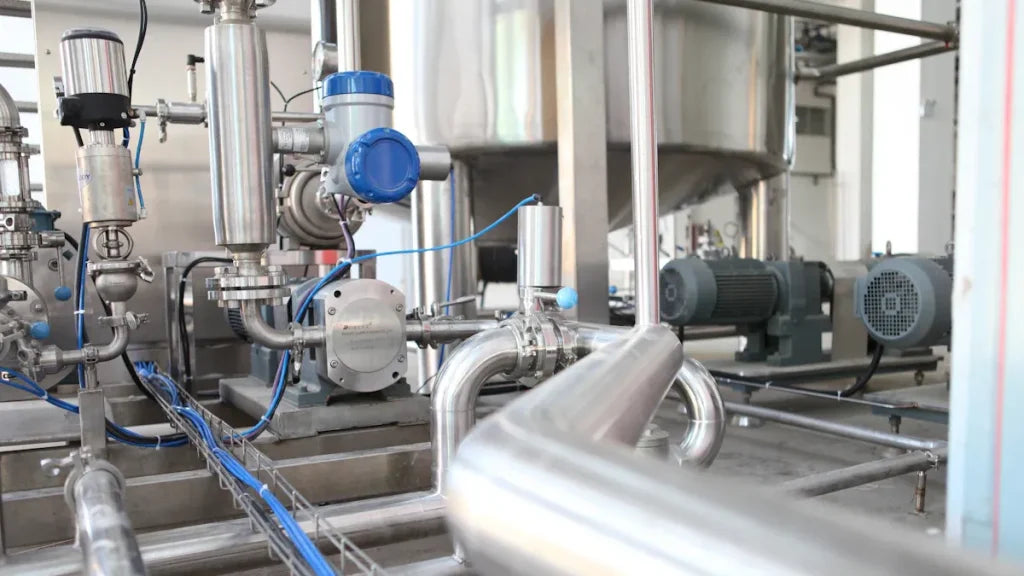


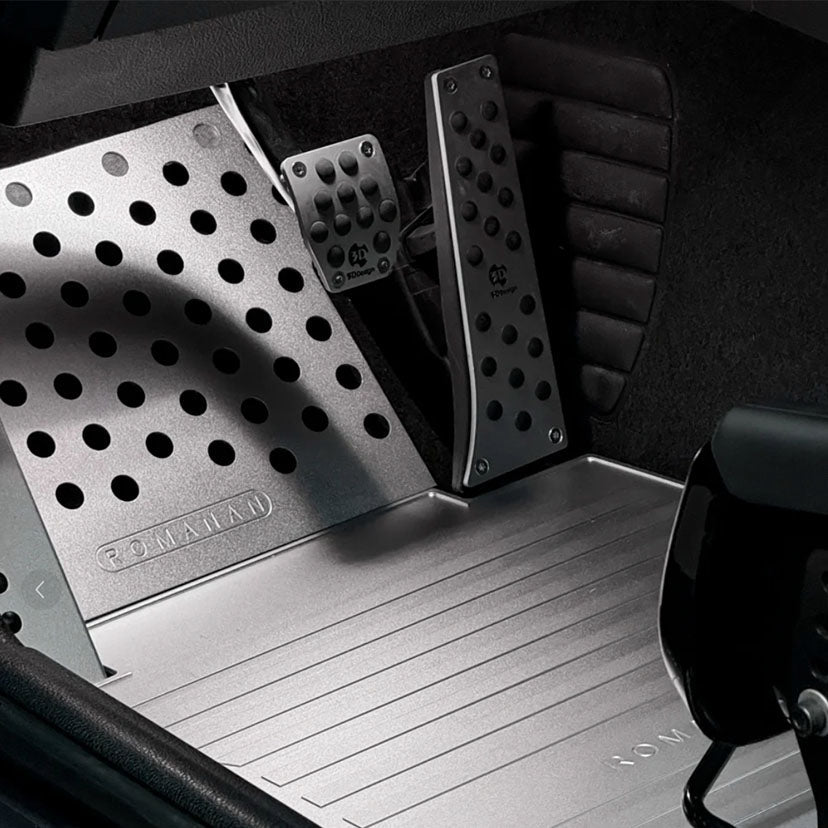


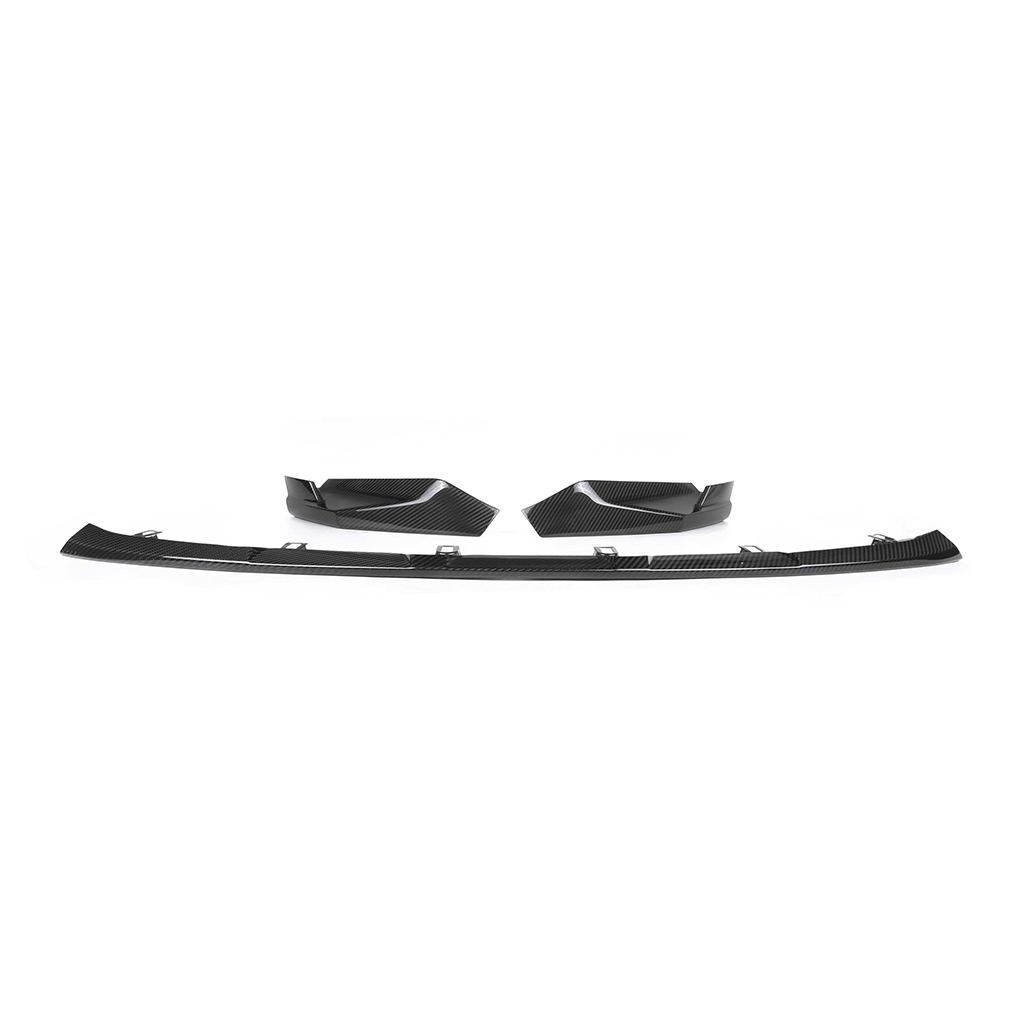
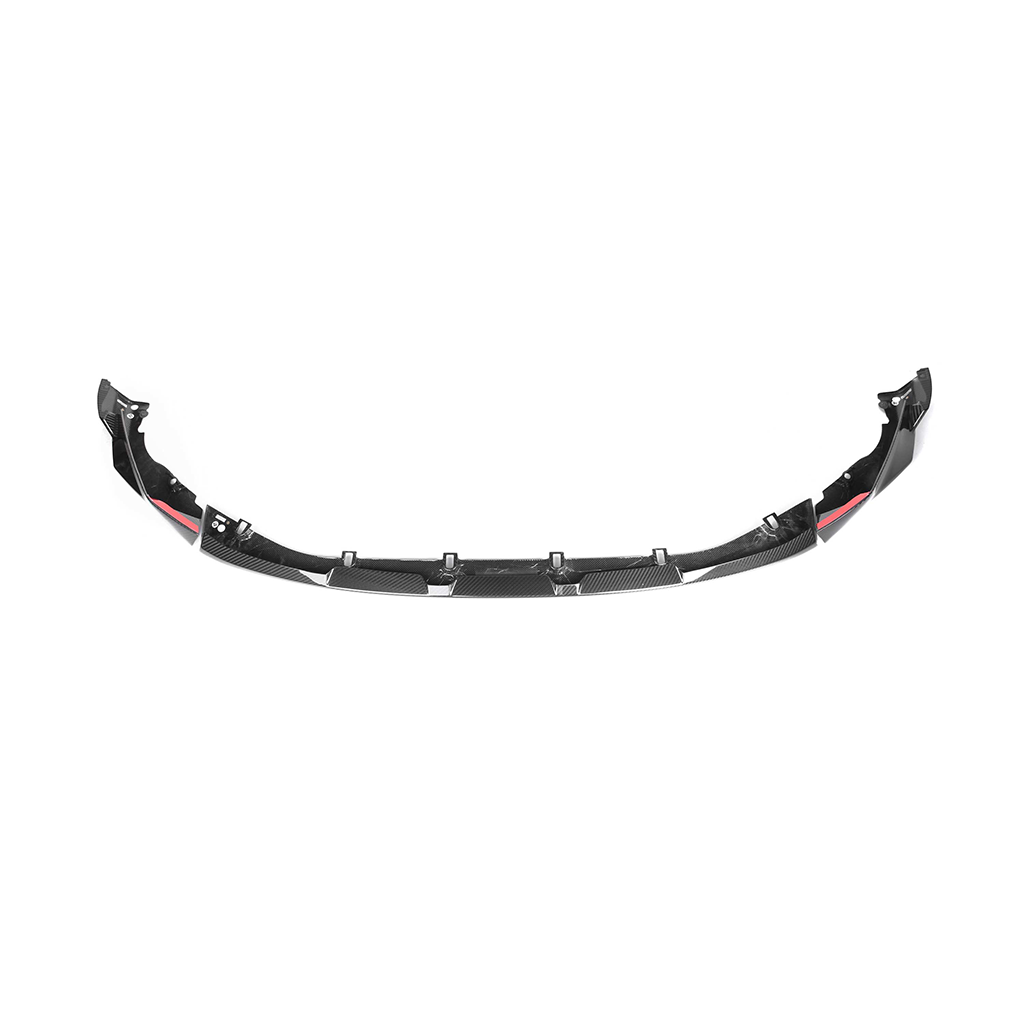
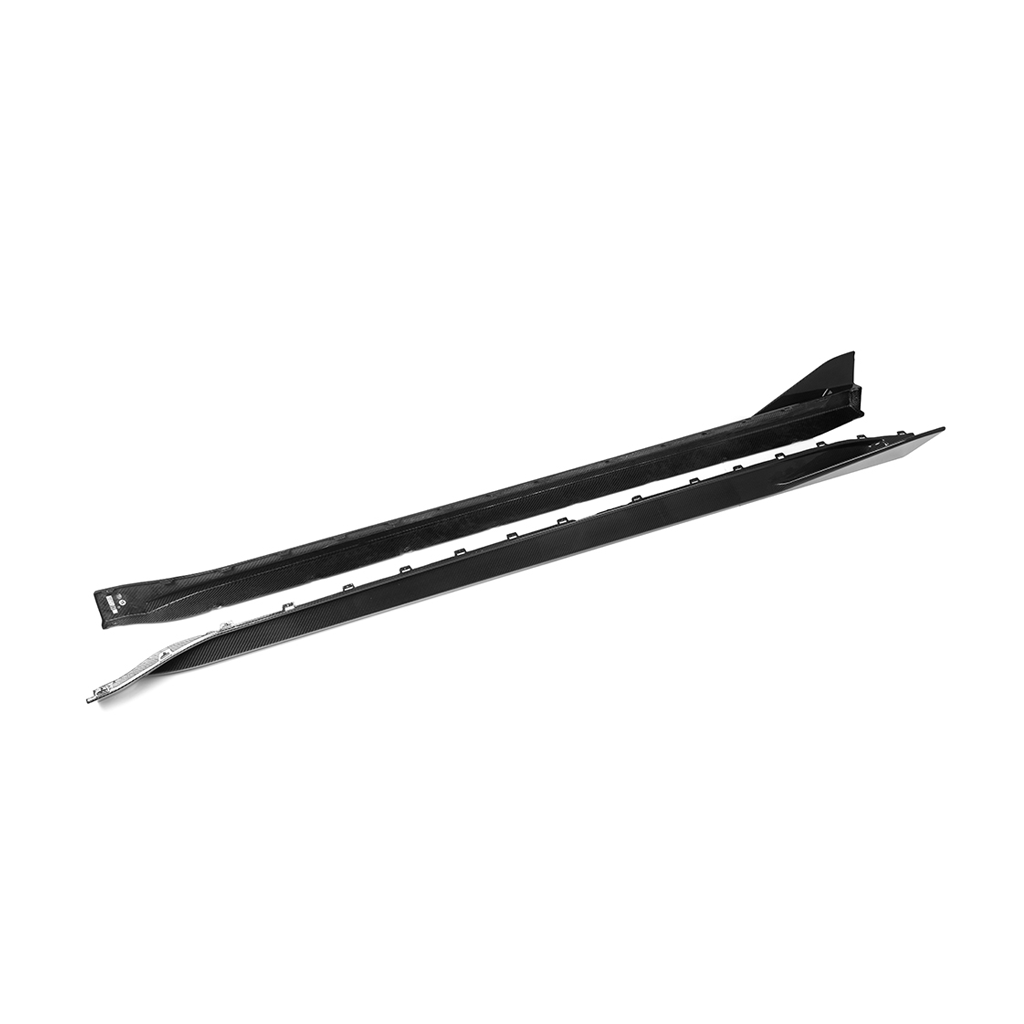
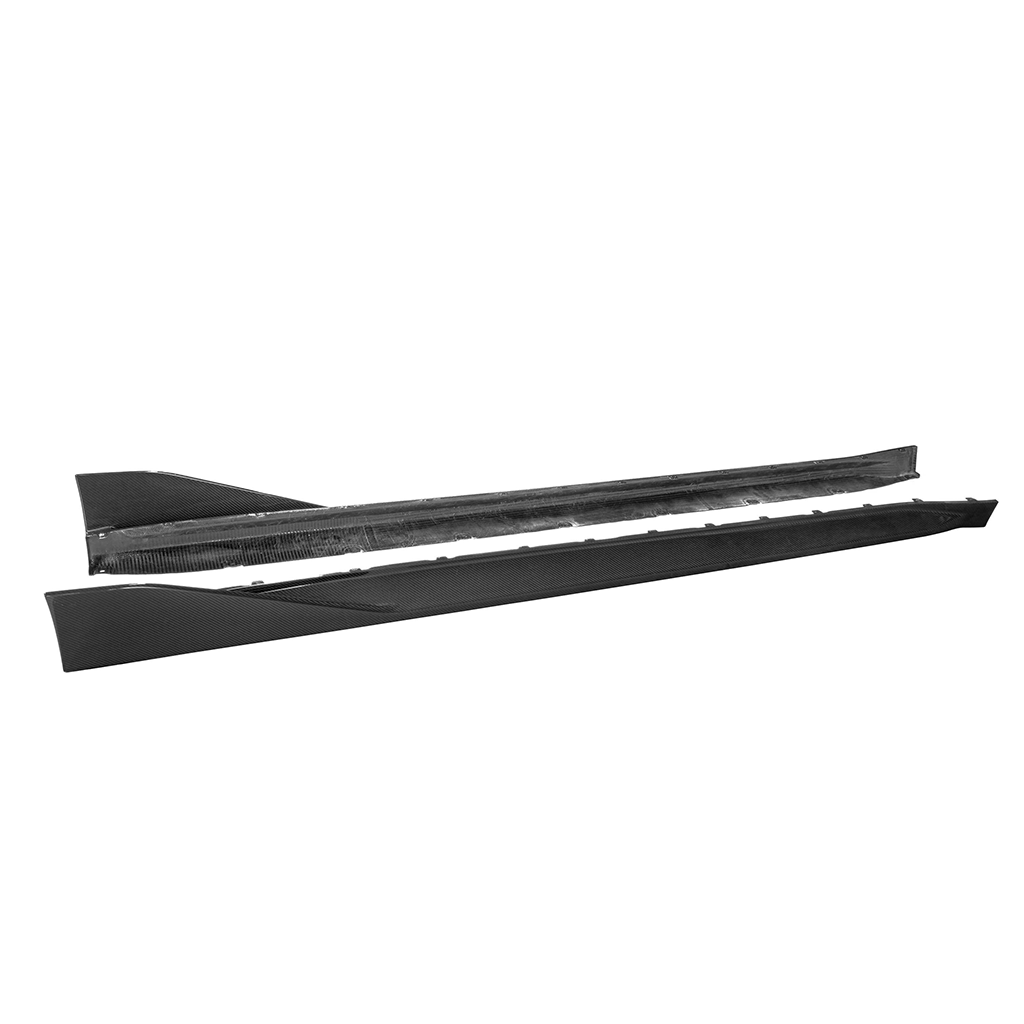




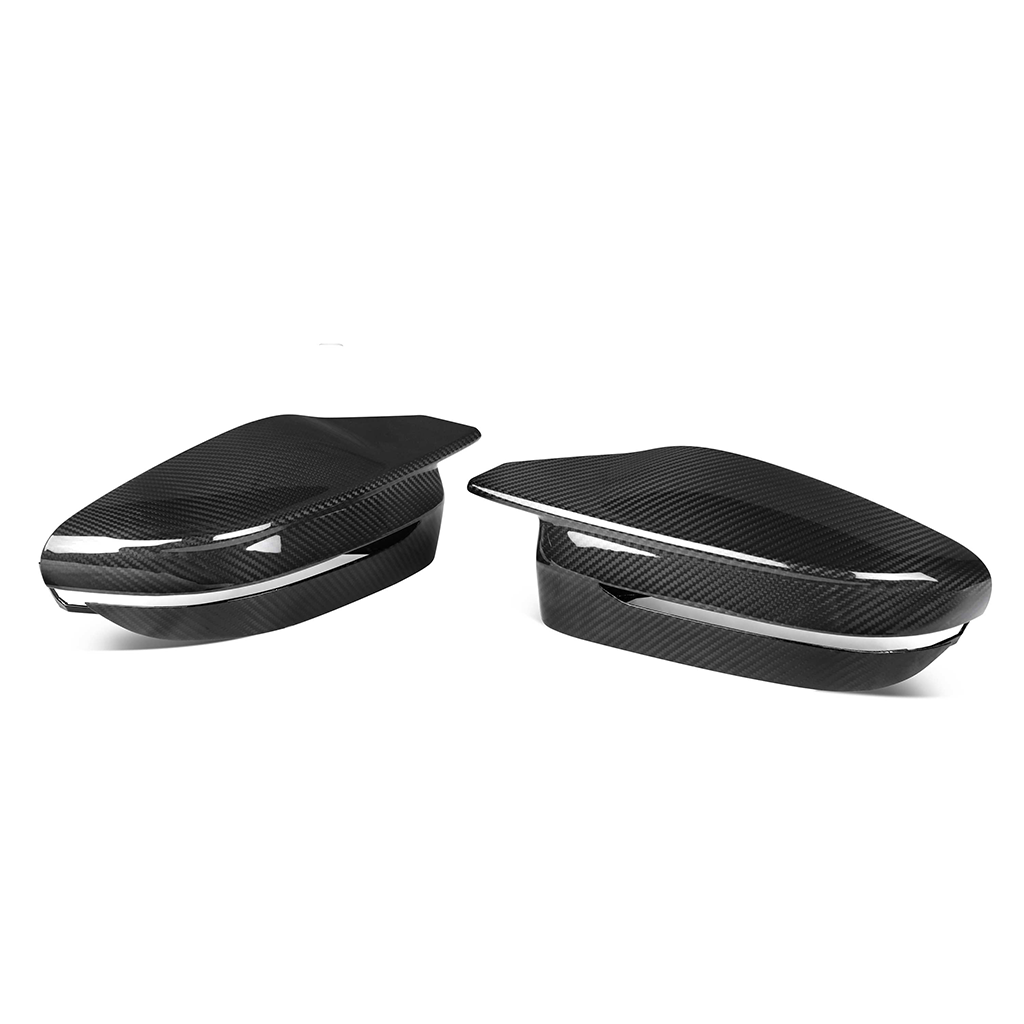
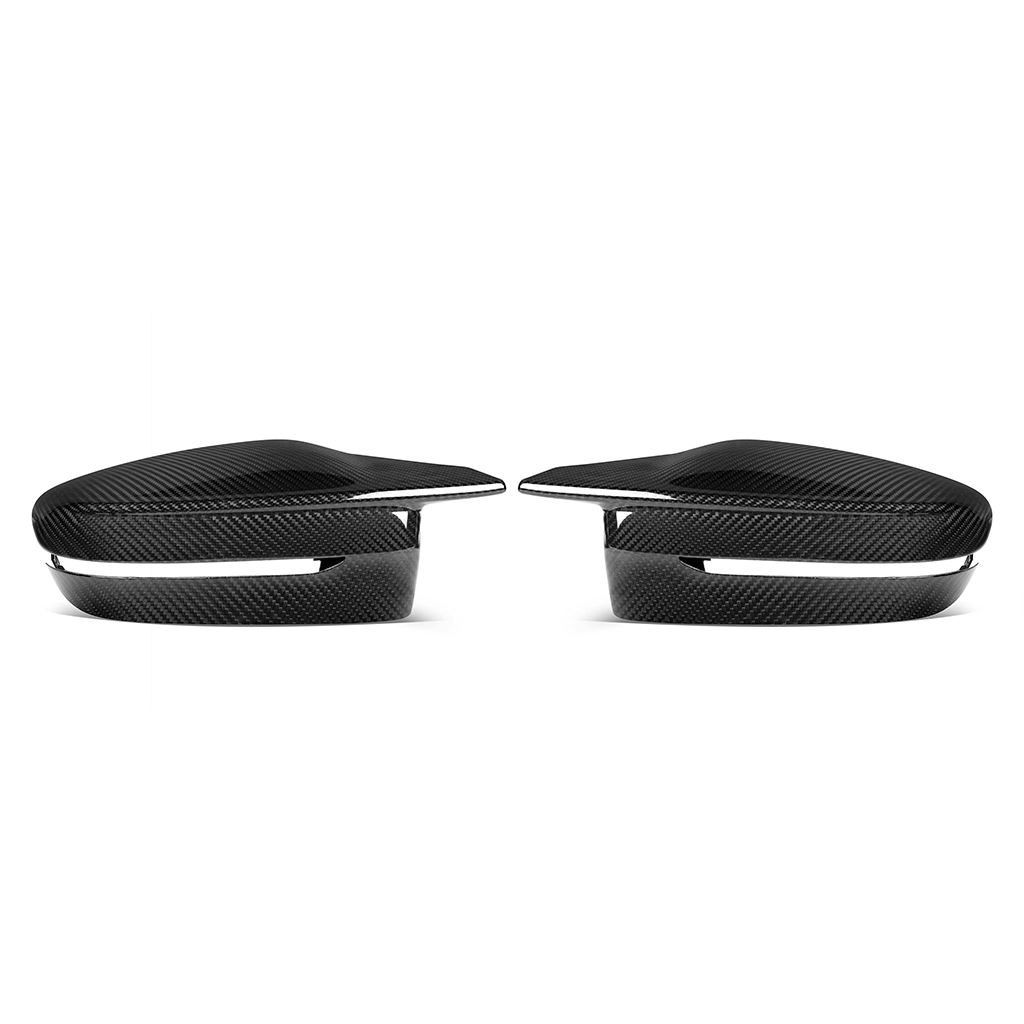
Share:
What Are Lightweight Carbon Fiber Engine Mounts and Why They Matter
Impact of Valve Opening Angle on Torque in Hydrodynamic Applications